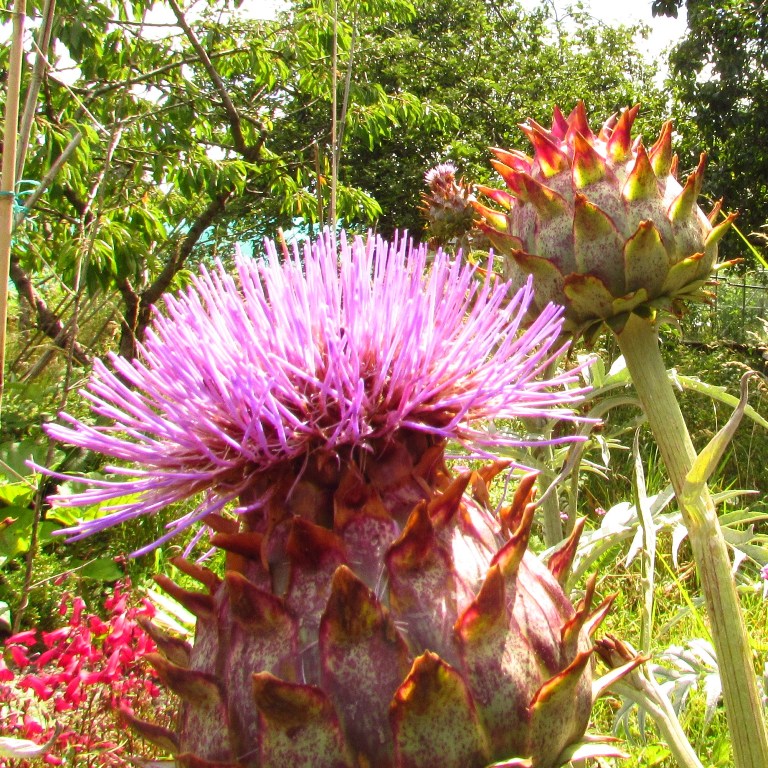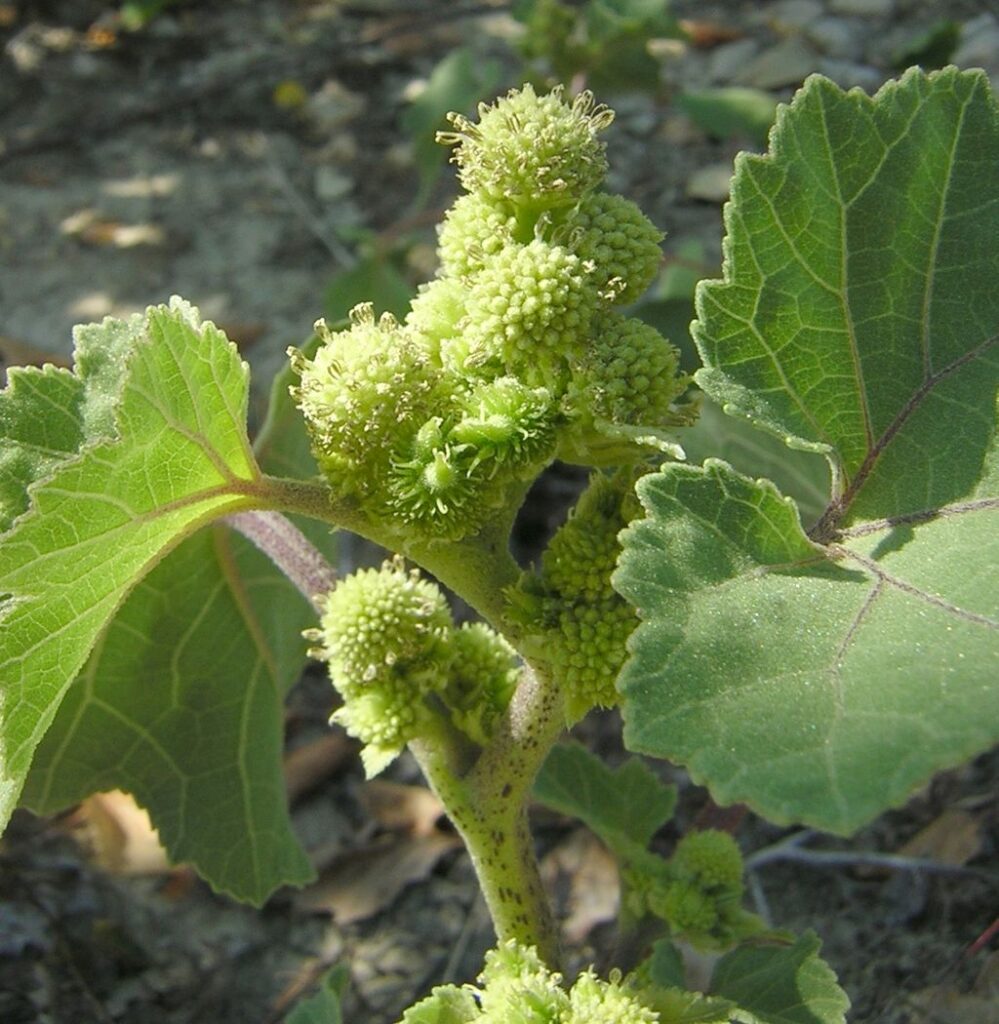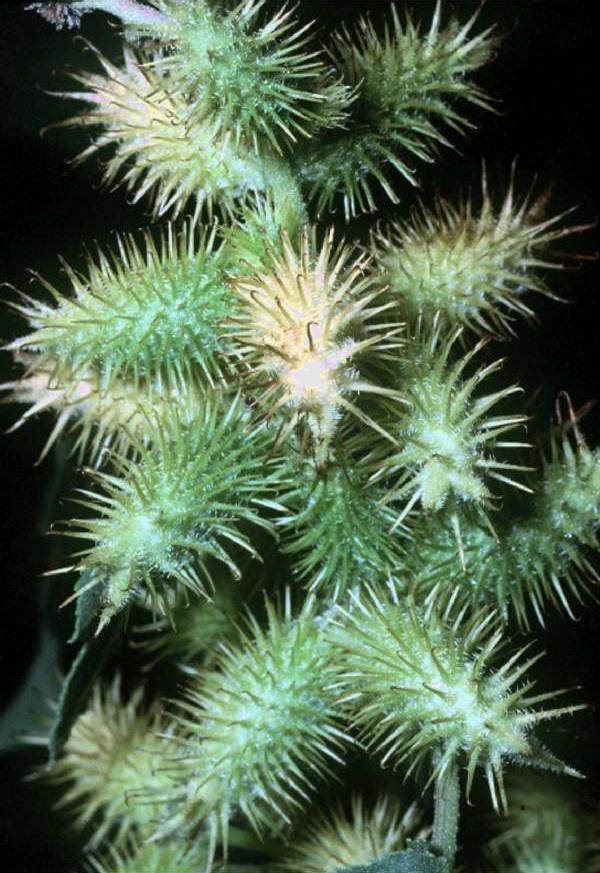

The post on Asteraceae went through the entire classification and might have been a little tedious for you?
However, I do hope you find it fascinating like myself how classification does make sense, especially in large families such as the Composites or Asteraceae.
It neatly groups similar looking plants together and when these plants ‘look similar’ they most likely also have the same properties and uses.
This week we start with the uses of this family.
Of course weeds or native plants as I like to call them, are ALWAYS useful in any habitat situation, soil and indeed for other living creatures apart from ourselves.
When we pull out the dandelion or ragwort we are taking away a valuable food source for multiples of creatures. Is it really worth that?
In the following few blogs about this family I once again will copy a lot of interesting information from ‘The Medicinal Flora of Britain and Northwestern Europe’ by J. Barker. Please get a copy for yourself as you won’t regret it!
Here are links to all the different posts on Asteraceae:
- About the dandelion
- part 1 about Asteraceae and classification
- About Common Ragwort or Jacobaea vulgaris
- this post! (part 2)
- The more common members of the Daisy Family and their uses (part 3))
- The more unusual members (part 4) = last part
Contents:
General Information and
Introduction to the Composites by Julian Barker
- their anatomy
Some main crops and their uses:
- as food and fodder
- as dye
- as ornamental
Medicinal Uses
Xanthium strumarium or Common Cocklebur
General Information
We have been too much spoilt by exotic and chemical medication, what about our own good, old weeds?
Introduction to the Composites by Julian Barker:
Everyone, if we may be permitted an unqualified assertion, knows a daisy. And a great number of people know the sunflower and many other flowers that are daisy-like. That they are collected into a family on the basis of the flower seems obvious yet the ‘flower’ is not a flower. The pollinating insect may be as fooled as the beginner but then a source of nourishment counts for more than precise terminology. The daisy –type ‘flower’ is a compact inflorescence: a structure which holds on one horizontal or domed disc many tiny flowers (sometimes hundreds). The biological advantage is obvious: a single structure means a single visit for the pollinator and rewards the flower with much greater reproductive efficiency.
This flower-head masquerading as a single flower is called a capitulum (= Latin for head) and because it is composed of numerous tiny flowers (known as florets) the species in this family are often called composites, by way of shorthand.
It is important to appreciate that the capitula of some Composites look not at all like the daisy-type. For instance, the many tiny capitula of Mugwort are clustered on the same stalk. Until you look closely, preferably with a hand-lens, you might be forgiven for thinking of them as a bunch of single flowers. Then, again, Yarrow is by no means an obvious member of the family. However, careful attention to the ‘flower’ will soon acquaint you with the features of Compositae, the very largest and most distributed of all plant families.
Although this is the largest of the flowering plant families, there is nothing like the correlation between number of species and their usefulness to us as food-crop or fodder-plants such as occurs, for example, with the Leguminosae.
Uses as food and fodder:
Helianthus annua or the Sunflower, which provides seed-oil and cattle-cake is probably the major crop.
Carthamus tinctorius (a dye-plant) has recently increased its popularity as an oil-plant. There are a number of crops grown for edible roots and tubers like Jerusalem Artichoke (Helianthus tuberosus), Salsify (Tragopogon porrifolius) and Scorzonera. Then there is the edible receptacle and bracts of the Globe Artichoke (Cynara scolymus) the leaves of which are medicinal; the same can be said of Spanish Cardoon (Cynara cardunculus).
Many genera provide us with well-known ornamental plants. There is no composite genus, however, which provides a crop upon which whole cultures and populations depend such as may be found in Fabaceae (= formerly known as Leguminosae) and Poaceae (= formerly known as Graminae).
But the picture is quite different when one looks at the medicinal rather than the other economic importance of the composites.
Medicinal Uses:
The mini review in the link below examines the current state of literature regarding the positive effect of the Asteraceae family on human health: The Plants of the Asteraceae Family as Agents in the Protection of Human Health.
The members of the Asteraceae have been used in the diet and for medicine for centuries.
Despite their wide diversity, most family members share a similar chemical composition: for example, all species are good sources of inulin, a natural polysaccharide with strong prebiotic properties. They also demonstrate strong antioxidant, anti-inflammatory and antimicrobial activity, as well as diuretic and wound healing properties. Their pharmacological effects can be attributed to their range of phytochemical compounds, including polyphenols, phenolic acids, flavonoids, acetylenes and triterpenes.


Xanthium strumarium or Rough Cocklebur (Neophyte)
An annual herb, found on estuarine shores, refuse tips, docks and waste ground, originating mainly from grain, wool, oil-seed, soya-bean waste, and also from birdseed (e.g. in chicken runs, pheasant cover). It is usually casual, sometimes persisting for a few years.
This has spread throughout Europe and, like Datura stramarium, has been the subject of intense genetic research….
The chemicals that these plants elaborate are very distinctive. Their tissues store a carbohydrate reserve based upon fructose rather than glucose. These fructans are not unknown in other families but are not common and are only ubiquitous in the Asteraceae. The commonest fructan is called Inulin after the genus Inula.
Other classes of compound which are also found almost throughout the family include:
- Acetylenic compounds (characteristic also of 52 Umbelliferae) many of which are antibiotic and nematicidal,
- Sesquiterpene lactones, which are probably the plant’s defence against herbivores and parasites,
- There is great versatility in the synthesis of triterpenes which accumulate in the roots, stems, flower and fruit of a great number of species.
- As well as the fructans, some unusual flavonoids (universal in higher plants) as well as cyclitols are found; fatty ‘seed-oils’ occur; volatile oils and diterpenes are wide-spread; amides, alkaloids, cyanogenic glycosides, coumarins, phenolics and lignans have been the subject of much study. Many species have characteristic resin.
Will start listing the uses of several of our native Asteraceae in the next blog!
